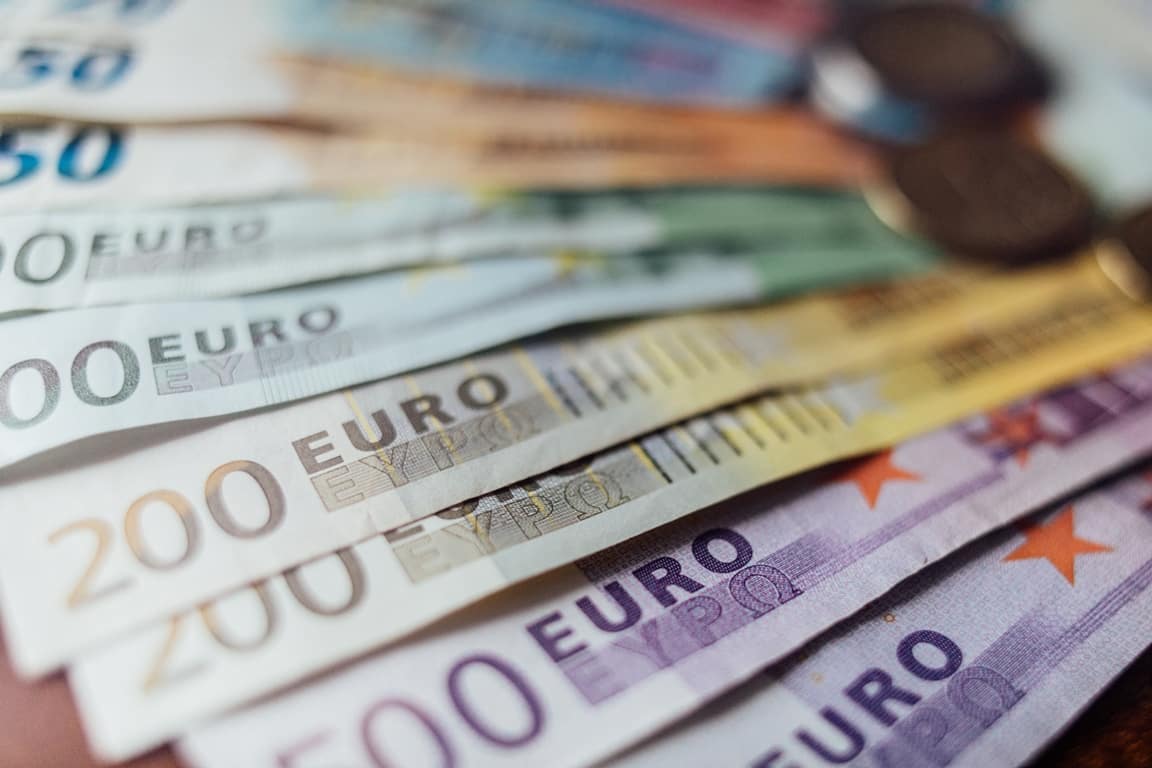The U.S. dollar slid and China’s yuan gained on Wednesday after Chinese manufacturing activity expanded at its fastest pace in a decade, while the euro rose after German inflation data surged last month and raised rate hike expectations in the euro zone.
The Australian and New Zealand dollars also gained on the robust Chinese data, which smashed expectations with the official manufacturing purchasing managers’ index (PMI) shooting up to 52.6 last month from 50.1 in January.
China’s non-manufacturing activity also grew at a faster pace in February, while the Caixin/S&P Global manufacturing PMI reading for last month likewise surpassed market expectations.
“The strong Chinese data supports the recovery story, the reopening story that seemed to wane a little bit last month and it’s underpinned risk assets,” said Marc Chandler, chief market strategist at Bannockburn Global Forex in New York.
German consumer prices, harmonized to compare with other European Union countries, rose more than anticipated and pushed up European Central Bank rate hike expectations after the data pointed to no let-up in stubborn cost pressures.
Figures released on Tuesday showed accelerating inflation in France and Spain, two of the euro zone’s biggest economies.


“Germany, like France and Spain, reported stronger than expected CPI data and this reinforces the idea of a shift in the market that the ECB rate peaks at 4%, about 50 basis points higher than at the start of the year,” Chandler said.
The euro EURUSD gained 0.63% to $1.0643 with a large option expiry on Friday at $1.07. Against a basket of currencies, the dollar index DXY fell 0.295%, on pace to it’s biggest single-day decline since Feb. 1.
The index rose nearly 3% in February, its first monthly gain after a four-month losing streak, as a slew of strong U.S. economic data in recent weeks raised market expectations that the Federal Reserve has further to go in hiking rates.
Futures pricing continues to edge higher, with a peak rate climbing on Wednesday to 5.45% in the fed funds by September. (FEDWATCH)
“We see the Fed going to 5.5%, with a growing risk of 6%,” said Michael Every, global strategist at Rabobank. “The Fed is hiking. Others can’t follow or match. The dollar will soar.”
Elsewhere, the Japanese yen weakened 0.05% versus the dollar at 136.27 after the U.S. currency rose almost 5% against the yen in February, its largest monthly gain since June.
The onshore yuan USDCNY finished the domestic session at 6.8854 per dollar, the strongest close since Feb. 21, while the offshore yuan USDCNH jumped 1.3% to 6.8683 per dollar, set for its largest one-day gain since late November.
The kiwi NZDUSD surged 1.3% to $0.6263, while the Aussie AUDUSD gained 0.7% to $0.6774, reversing the slide to a two-month low earlier on Wednesday following soft domestic economic data.
The two currencies are often used as liquid proxies for the yuan.
Sterling GBPUSD traded at $1.1966, down 0.45% on the day, after Bank of England governor Andrew Bailey said it was possible the central bank had already come to the end of its rate-rising cycle.
The pound surged 1% at the start of the week after Britain struck a post-Brexit Northern Ireland trade deal with the European Union.







